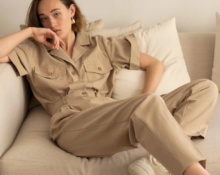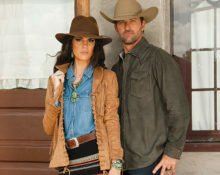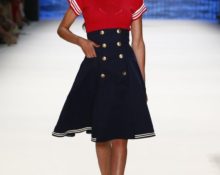The versatility of the ethnic clothing style contributes to its enduring popularity. By using characteristic elements of one of its subtypes to create an image, it is possible to transform the appearance and add individuality and originality to the outfit. What is this trend and how to choose a basic wardrobe in it?
What is ethnic style in a woman’s clothing?
Any trend in fashion is a combination of certain styles, colors, decorative elements and accessories. If it consists of several directions, each of them differs in certain nuances, while remaining “true” to the general concept.
Ethnic style is clothing that reproduces the features of a particular national costume, usually in a modern interpretation.
Its main areas include:
- Egyptian;
- Greek;
- Indian;
- Russian;
- Indian;
- African;
- Asian.
Let's look at each in more detail.
Ethno style directions
Interest in the use of national clothing of a particular people in everyday images arose at different periods of time.For example, in the 1920–1930s of the 20th century, the legendary Mademoiselle Coco created a collection of dresses with Slavic ornaments. And in the 1960s–1970s, designers were inspired by the style of hippies, who widely used national motifs in clothing - bright colors, large colorful patterns, fringe, etc. In the late 60s, Yves Saint Laurent was inspired by African themes.
United by a common concept, bright and original ethnic outfits, depending on the direction, differ from each other in a number of ways.
Egyptian
It is characterized by straight lines of the silhouette (trapezoid style), an abundance of geometric shapes in ornaments and accessories. Images of supernatural creatures, animals, pyramids, and sacred symbols are often used as decoration. Tunics and dresses either leave the neck wide open or emphasize it with decoration. One-shoulder models look good. Another characteristic detail of the cut is the folds in the hips and neckline. Preferred colors are white, rich blue, emerald, red and gold.

@Maghrebi
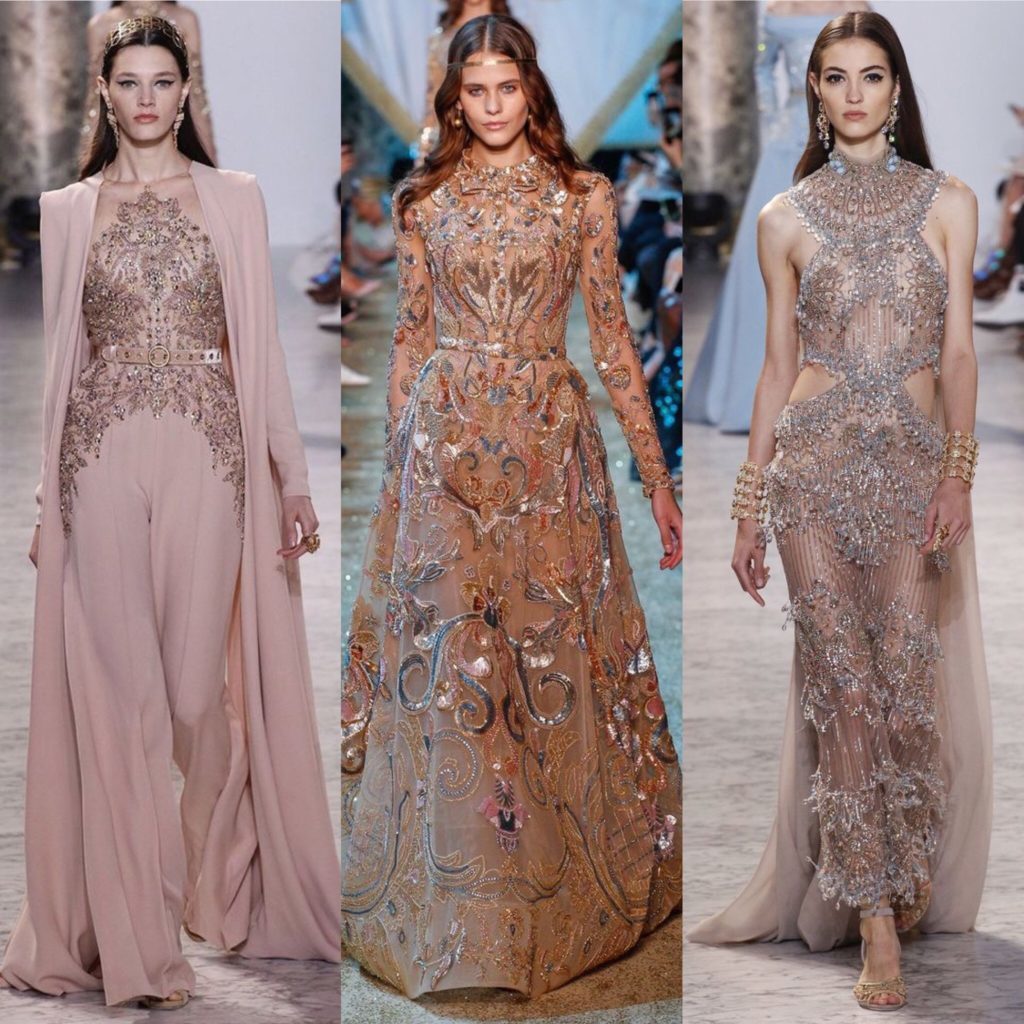
@Maghrebi
Reference. Wide metal belts, plate necklaces, snake-shaped bracelets, and voluminous beads are suitable as atmospheric accessories. A bright scarf would be an appropriate option for a headdress, and sandals would be a suitable shoe model.
Greek
This direction is characterized by asymmetry and grace, an abundance of draperies and pleated elements. Clothes made from light, flowing fabrics fall elegantly, emphasizing the seductive curves of the figure and skillfully hiding imperfections. Features of the cut: high waistline, V-neck, medium or floor length. Dresses are sewn like a chiton. The characteristic color palette is white, gold, blue, pastel shades. Prints are usually plant-themed.
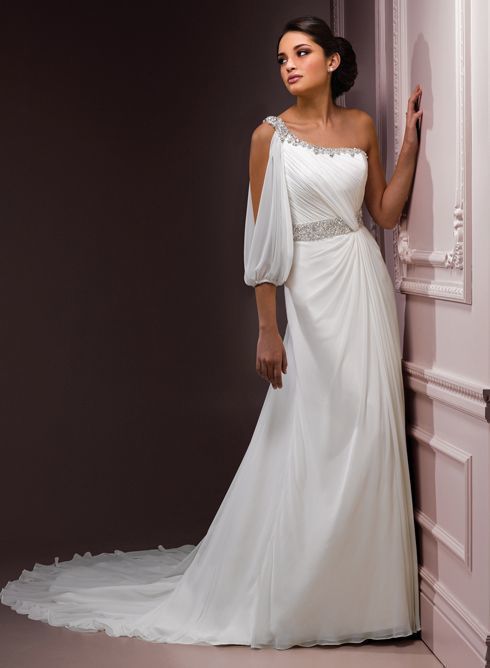
@maggiesottero.com

@wwd.com
For shoes, the presence of all kinds of straps and weaves is mandatory. In addition to sandals, elegant models with heels are also appropriate.
African
Ethnic clothing of this subspecies is usually made from natural fabrics of variegated colors and various prints. It is not characterized by monotony. The outfits are loose-fitting, simple and comfortable to wear. Decorated with fringe, wicker, metallized details. An accent element is a belt or strap around the waist.

@Girls clothing stores

@FashionGHANA.com
The look will not be complete without themed accessories: multi-layered beads and bracelets, large earrings made of natural materials. You can choose a scarf or headband as a headdress. Suitable shoes would be sandals or wedges.
Asian
Clothes of this style mean outfits with distinctive features of Japanese and Chinese national costume. The latter is characterized by simplicity of style and uncomplicated cut. Air loops, a stand-up collar, the absence of unnecessary fittings and details, and a deep neckline are the distinctive features of this clothing. Prints - large flowers, images of dragons, images of hieroglyphs - will add color to the outfit.
Japanese style outfits are silhouettes based on kimonos. The clothing is characterized by multi-layered, closed, voluminous sleeves. Commonly used colors are white, red, black, gold, orange. Prints - floral, animalistic, geometric. A characteristic accessory is a wide obi belt around the waist.

@Everything But The House

@IDREAMMART

@livingly.com

@vogue.com
Indian
The main features of the trend are layering and asymmetry (models of dresses with one open shoulder). The cut is characterized by the presence of numerous draperies.

@blog.goodbells.com

@Nimi Notes
Reference. The national Indian clothing is the sari - a long, wide fabric wrapped around the body in a special way.
The colors are bright and saturated. The theme of the prints is paisley, geometric patterns. A large number of decorations are used. They are usually large in size, with bright stones, and made in a floral theme.
Reference. Paisley represents an oriental design. It looks like drops or sprouted beans.
Russian
Loose fit, A-line silhouette, extensive use of embroidery, fringe, printed patterns, and fur trim are the main features of clothing in this style. Frequently used colors are red, white, gold, black, blue, green. The themes of the drawings are floral, animalistic, geometric. The outfit is characterized by the use of bright scarves and hats with fur trim.

@ravel.tourtomoscow.info
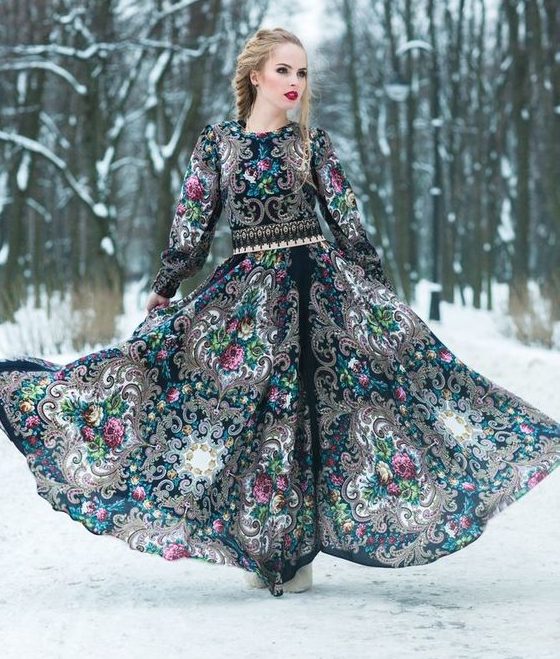
@123rf.com

@alarusse.com
Reference. An integral element of the image is a sundress. This wardrobe item in a modern interpretation is widely used by fashion designers to create collections in the ethno-Russian style.
Indian
The main features of the trend are the presence of prints, various stripes and fringe. Clothes, as a rule, are designed in brown, beige, sand and burgundy shades. The subject of the images is schematic drawings of supernatural creatures, Indian paraphernalia, images of animals.
To create outfits, natural fabrics or comfortable materials with a small proportion of synthetics are used - xlOpok, leather, denim, wool, knitwear. The cut is loose, making it comfortable to wear. For decoration, in addition to fringe, feathers, fur, metallic elements, and embroidery are often used.

@Fancy Dress Costumes

@The Zoe Report
Reference. Frequent accessories are belts on the hips, scarves or wicker headbands. The jewelry is made of feathers and beads and contains images or details of Indian symbols.
Variations of the basic ethnic wardrobe
When creating an ethnic image, you must follow the same recommendations as when creating an outfit in any other style:
- do not overload the image with decorative elements and details;
- skillfully combine textures and colors;
- follow the “golden rule” - voluminous top / tight-fitting bottom or vice versa.
Let's select approximate options for basic wardrobe items for one direction or another:
- Egyptian. Richly decorated floor-length dresses of a tight-fitting style, tunics, tops with one bare shoulder.

@maghrebi-sf.com
- Greek. Models of dresses with a high waist, A-line, from flowing fabrics, mainly maxi length, with draperies or tails.

@vevlynspen.com
- Russian. Bright and colorful sundresses, bell-style skirts, long dresses with a characteristically decorated hem, jackets and vests with fur trim. The latter may be present on shoes and bags.

@armstreet.com
- Indian. Long dresses and skirts with trendy prints and colors made from flowing fabrics. Bloomers in combination with tops, tunics.

@RediffShopping
- Indian. Tops with fringe, vests, trousers and shorts made of leather and denim, tunics, cardigans, dresses and skirts with decorative elements and prints, of different lengths.

@Dorothy Grant
- African. Dresses, skirts, loose-fitting tunics, made from natural, practical fabrics with prints or decor. Finishing details - fringe, wicker elements (for example, lacing), beads, draperies.

@AGBU Hye Geen
- Asian. Closed, multi-layered dresses of straight or trapezoidal shape. Models resembling kimonos, tunics or shirts with a high neck and long sleeves. The latter can be either tight-fitting or voluminous. All wardrobe items are usually maxi or midaxi length.

@it"Factor
Whatever ethnic direction you choose, your image will undoubtedly attract attention with its individuality and originality. Guided by the above recommendations and good taste, try on an outfit in one of these interesting directions, and you will definitely not go unnoticed.



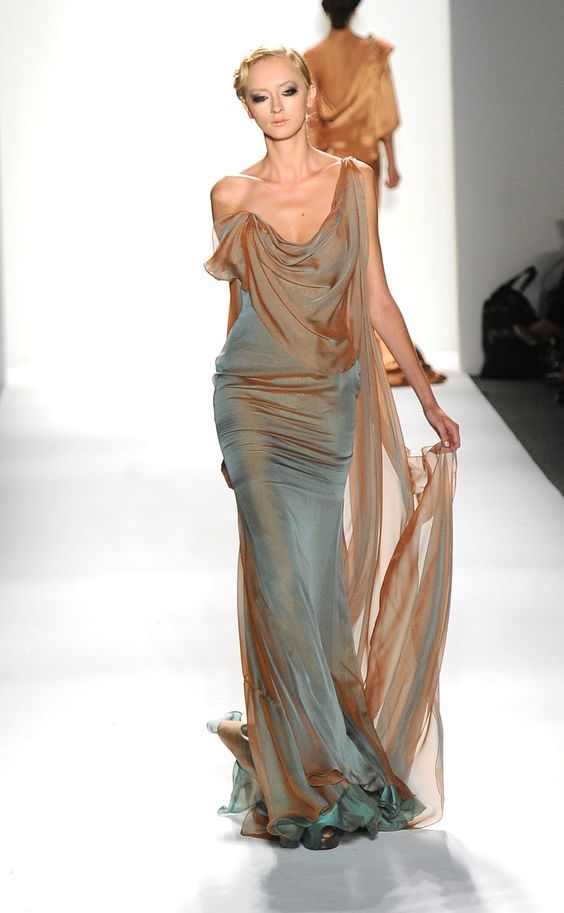





 0
0